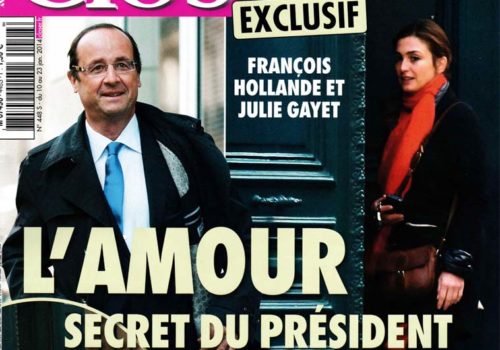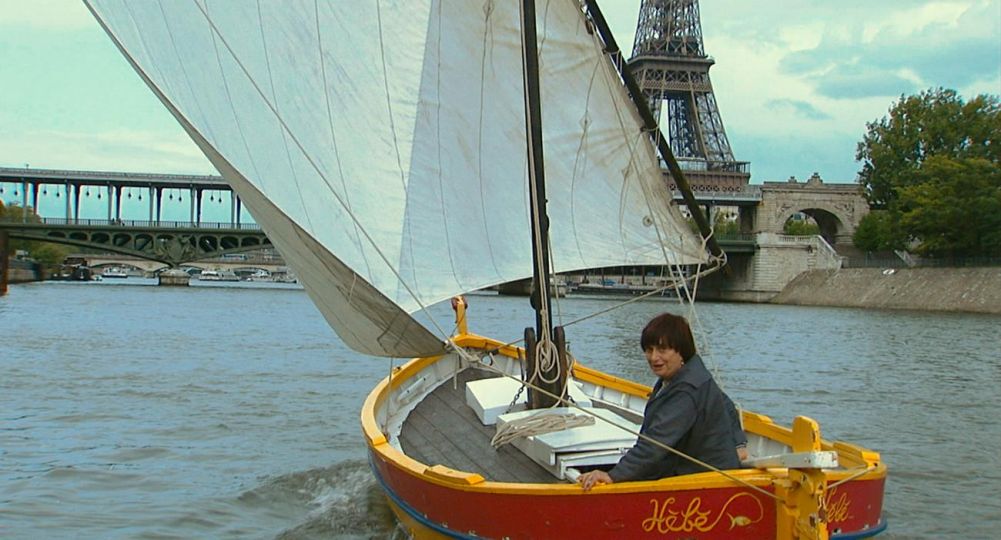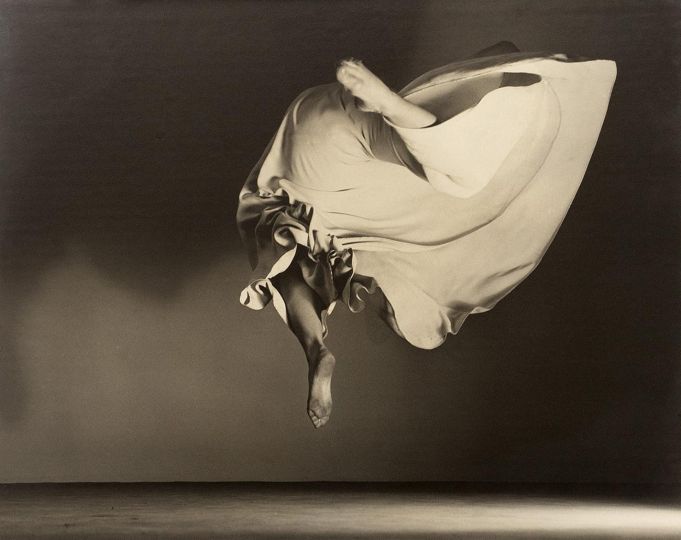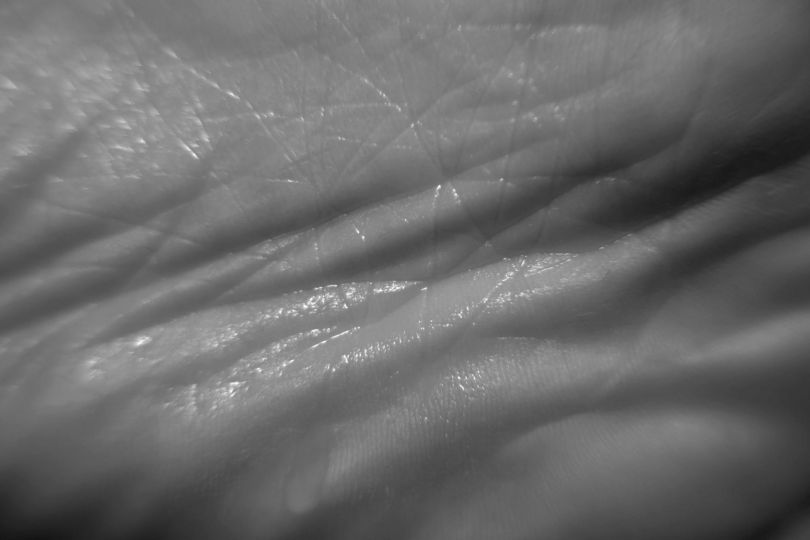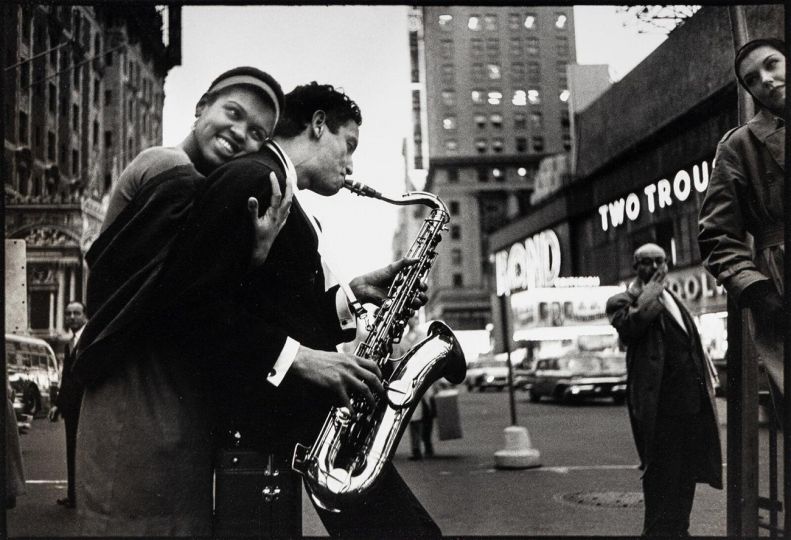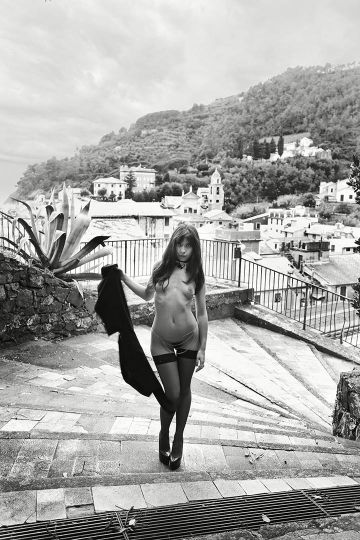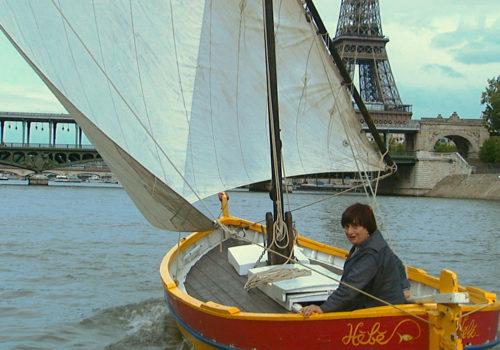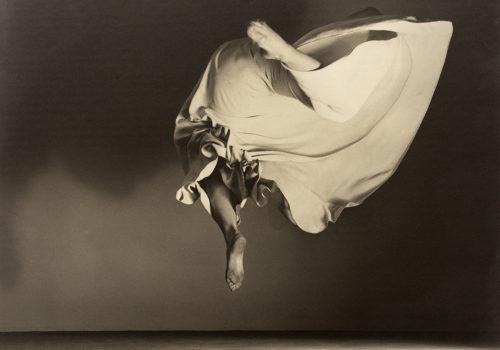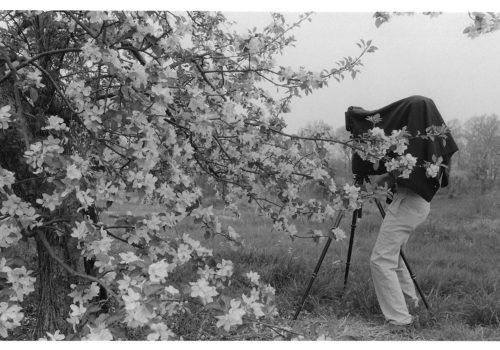William S. Burroughs (1914–1997) was one of the most influential American writers of the 20th century. His best-known titles include Junky (1953), The Soft Machine (1961) and his ground-breaking Naked Lunch (1959), which was adapted into a feature film directed by David Cronenberg (1991). A cult icon, he was also a painter and a spoken-word performer. Despite these prolific achievements, Burroughs’ work as a photographer is rarely acknowledged. This oversight may be due to his overwhelming prominence in other media as much as to the way in which his photographic material has been dispersed, often discarded, cut up and left behind as a result of Burroughs’ peripatetic lifestyle.
While Burroughs was photographing along Duke Street, St James’s, or making studies of Egyptian and Aztec artefacts in the British Museum during his time in London in the early 1970s, The Photographers’ Gallery had just opened its doors in 1971 in the same area, on Great Newport Street. This was a creative time for photography in the capital, but it is hard to know if Burroughs would have engaged with it. More often his images are of empty streets, or dilapidated buildings in Soho, or hotel beds, made and unmade, or arrangements of photographs laid out in his St James’s hotel room. Burroughs’ photographs are striking for their self-containment and lack of reference to other practitioners or genres. While they can be gathered into categories of a kind – street scenes, still lifes, collage, radio towers, people – his works sit outside of any canonical structure.
Burroughs’ images are both fleeting and utterly deliberate. Lacking any interest in the fetish of photography as rarefied object, his images were processed in high street chemists, cheaply and with little thought. While they appear to have the random quality of snapshots, they also contain a singular vision. Burroughs himself saw photographs as throw-away, destroyable, but also as possessing occult powers (Barry Miles, ‘Photographs as Weapons’), as providing the ability to ‘travel’ in space and time (John Sears, ‘Tickets to St Louis’) and as having a hallucinatory function – as Susan Laxton puts it, ‘If William Burroughs could have photographed his dreams, he would have’. The primacy of the visual image in Burroughs’ creative process is scrutinised in Patricia Allmer’s discussion of the ‘un- and refolding of art historical allusions, evocations and reminiscences’ in Burroughs’ photographs, and his concern with the photographic image as precedent to the word is also explored in David Brittain’s analysis of how he ‘often conflated the visual image with the word’.
It is only when we are permitted this rare opportunity to consider his photographic output as a whole (or, what still exists of it) that we can appreciate its significance. We hope this book and exhibition, Taking Shots: The Photography of William S. Burroughs, will redress this balance and acknowledge the significant role photography plays in Burroughs’ oeuvre – and the contribution his work makes to photography as a whole. This project coincides with the centenary of Burroughs’ birth, and includes over 150 images rarely or never published before, taken across several decades, in locations including Tangier, Paris, New York and London.
We extend our warmest thanks to many people for making this ambitious project possible, but specifically to the two curators of the project, Patricia Allmer and John Sears, to the lenders, to our supporters, to the authors of these essays, and to Ali Gitlow at Prestel, for their time, dedication and enthusiasm.
Clare Grafik, Head of Exhibitions at The Photographers’ Gallery
EXHIBITION
Taking Shots: The Photography of William S. Burroughs
January 17 – March 30, 2014
The Photographer’s Gallery
16 – 18 Ramillies Street
London W1F 7LW
United Kingdom
BOOK
Taking Shots: The Photography of William Burroughs
Patricia Allmer, John Sears
Published by Prestel
Hardcover with jacket, 160 pages, 24×28, 9.4 x 11.0 Inches
150 b/w illustrations
ISBN: 978-3-7913-4879-7
£29.99 | US$ 49.95
http://thephotographersgallery.org.uk
http://www.randomhouse.de/prestel_eng/

